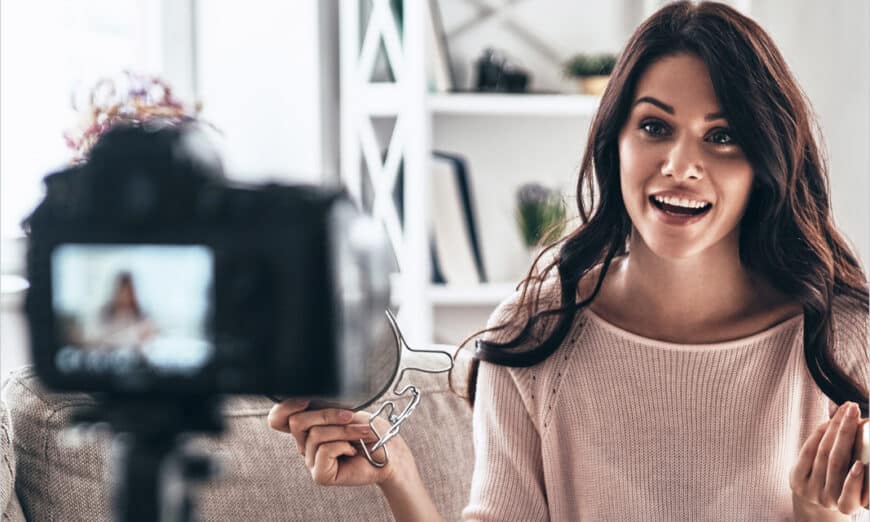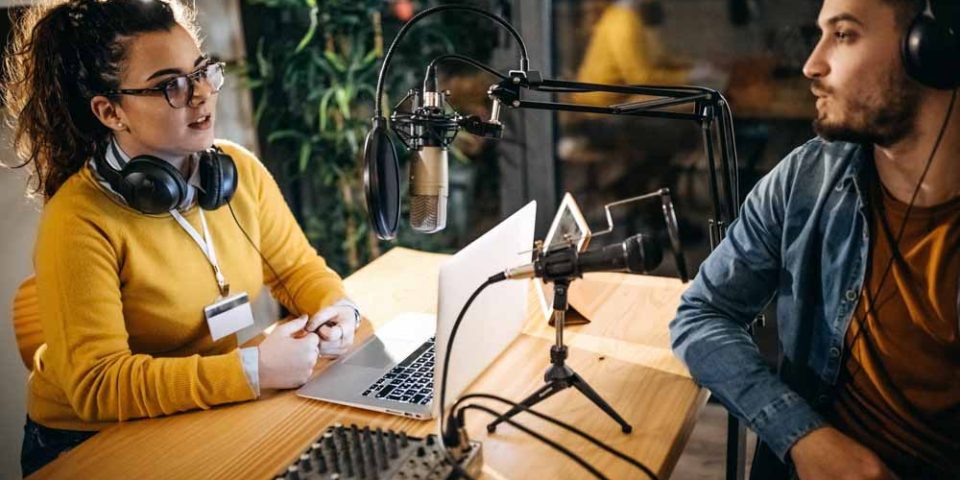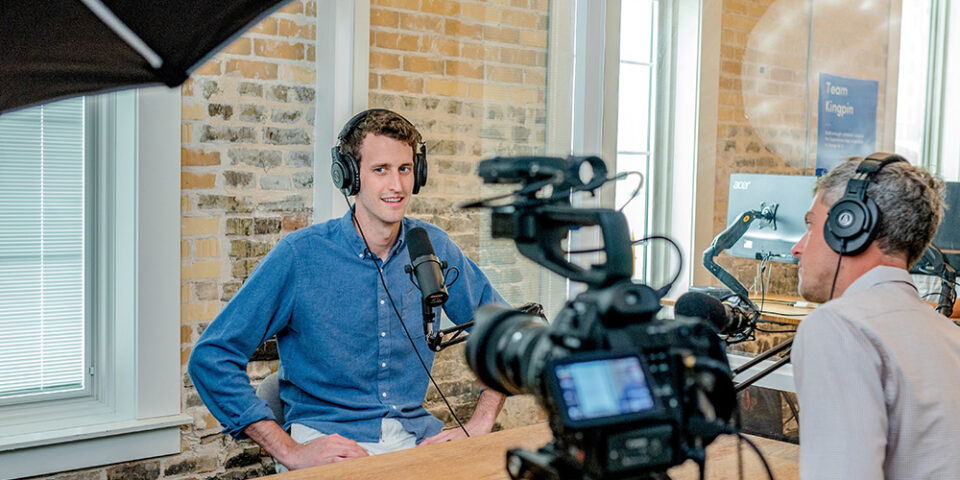A key method to making your social content better received is to light it well. There’s a lot of misinformation floating around so let’s start at the very beginning, and you can follow along as you see fit.
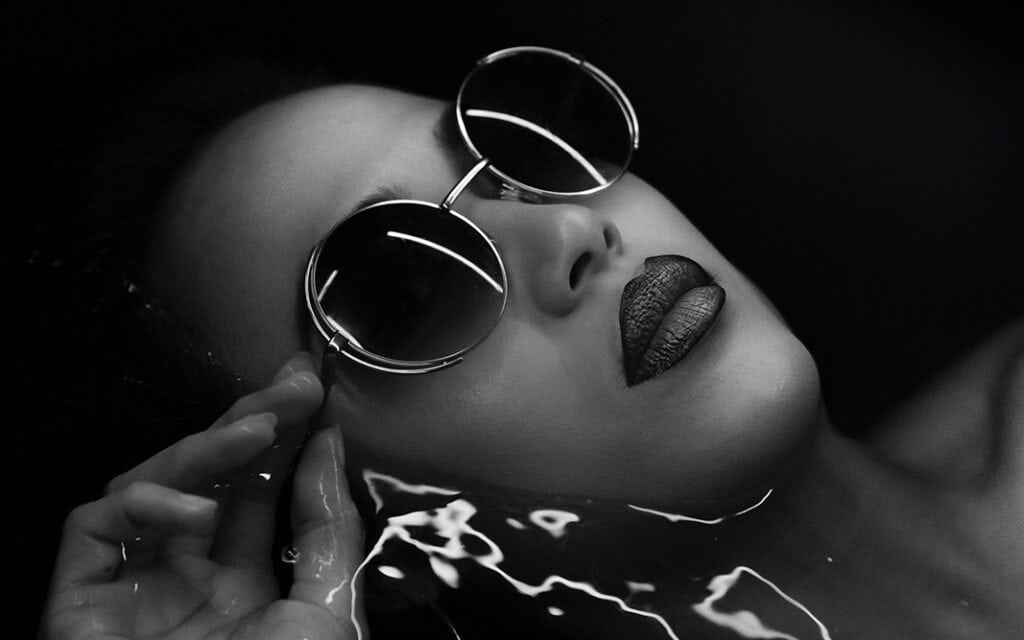
What is Light?
Light should be a pretty simple concept, but it sure can be confusing with about a zillion products and opinions all over the place. Good lighting is lighting that you like and that helps to tell your story without distracting from it. That’s it.
We probably remember from school that the light we see is part of the much wider electromagnetic spectrum. If you loved physics, this is top of mind, and if not, well it probably isn’t. What we call light is the movement of photons in a straight line. Light does not turn corners; it doesn’t do all kinds of weird stuff and is remarkably consistent. Presuming of course that you are not sitting right beside a massive gravitational force, in which case, you have bigger issues.
There are three elements that we need to think about when we think about lighting for our projects. They are quality, direction and colour.
Quality
This word simply defines how harsh or how soft the light looks to you. There is no right or wrong, you choose the quality that suits the message that you are trying to tell. Soft lighting is easy on the eyes. Harsh lighting creates bright highlights and dark shadows and is sometimes said to be more edgy.
In general, creatives prefer soft lighting because it is less straining for the viewer and encourages more time spent looking. A simple way to get softer light is to use a bigger source, moved in close to your subject.
Direction
This is really as simple as where the light appears to be coming from. Usually it’s from above and that’s comfortable because that is where we expect light to come from. Lighting that comes from the side produces more distinct highlight / shadow areas that look not quite right, but also creates interest because it’s a bit odd.
Think of a light right beside someone’s face and what it does to features. This direction is often used to create mystery and suspense. Light from below just looks plain wrong and is only used for creative effect to create a dangerous or horror look. Put a flashlight under your chin and go look in the mirror. There you go. Unflattering, unpleasant and hard for people to look at. You probably don’t want to light your project from below.
Colour
All light has colour to it. Our eyes are amazing and can collect light across a wide range of colour temperatures and then our brains will do adjustments so most of the time we see different colour temperatures as white. Cameras do not do this.
However, our camera technology is capable of making most any colour of light look proper through tech called Automatic White Balance. It works great most all the time. When it fails it is most often because there are multiple light sources of different colour temperatures lighting the subject.
A simple tip is not to mix light sources of different colour temperatures. The easiest way to do this is to have a single type of source. That’s what real pros do.
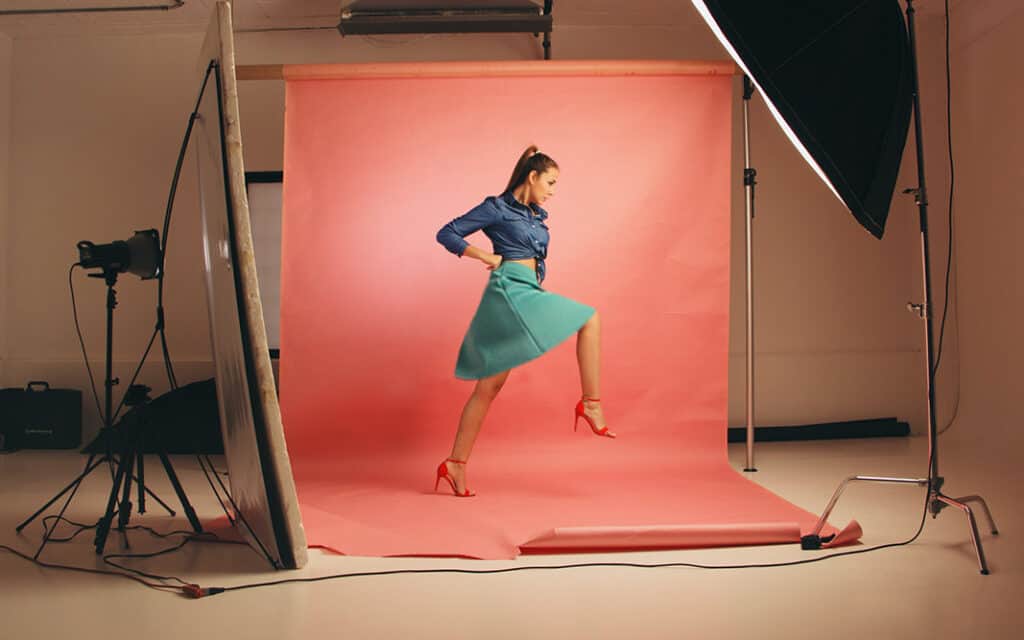
Lighting for Your Project
Never in the history of producing content has lighting been easier. Despite what you might have heard, lighting doesn’t mean spending thousands of dollars and filters and colour meters and all the stuff that we had to do back in the old days.
Nice bright LED panels are now cost-effective and produce a good amount of light, superior to fluorescent systems, high intensity hot lights, spot lights and are much more controllable than natural light which never follows instructions forcing you to work to the light instead of making the light work for you. Real pros make the light work for them and you can too.
Getting Started
Let’s say you want to shoot some products as stills and want also to have yourself as part of a video presentation on YouTube or Facebook. LED panels are absolutely the way to go.
When you go out to shop, it can be really confusing, so let’s keep it simple. Daylight balanced LED panels are your minimum. A panel that guarantees 5500 or 5600 Kelvin with a CRI over 90 is your baseline. Fortunately, these have dropped in price so much in the last few years, you can get started for one tenth of what one used to pay.
We also want the brightest lights that we can get. The measurement for this is called Lumens. Because light brightness diminishes according to an inverse square law, for comparative purposes, lumens refer to a distance, typically one meter. You want the largest number that you can find at 1m and fit your budget, because at 2m, the brightness will fall to ¼ what it is at 1m. This is not the light’s fault. It’s physics and all lights work this way. Someone telling you different is lying at worst or untrained at best.
If the product that you are considering does not specify lumens at 1m, you really cannot compare it to other products and you are best advised to move along. Remember that to your eyes, in average light, all these panels will look really bright, but your camera is not subjective this way. There is no substitute for power. Plus any decent light panel has an output control so you can turn down a panel that’s too bright. You can never make a panel brighter than its peak output.
Lights need to be on stands so you can position them for the directional control that you want to have. Stands need to be weighted down so they cannot tip or be easily knocked over. A good stand will be air-cushioned, so if the clamps are not tight the shaft does not come crashing down. Get one sandbag for each stand.
A decent light will either have a tilter bracket or be set in a frame that allows you to angle the light. A light that can only point straight on, is mostly useless without more kit and more complexity.
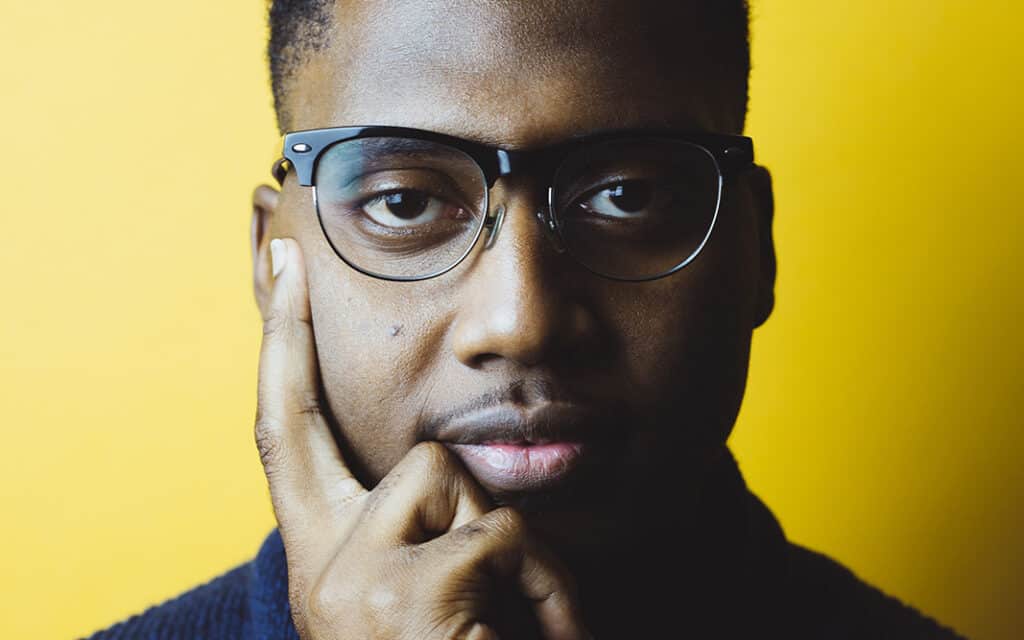
Placement of Lights
To keep the softness of any light at its highest move it as close to the subject as you can without being in frame. TV and Video studios will often use boom stands to get lightweight lights up and over the talent, so the stands are not visible. I use this approach all the time and a boom stand is a solid investment over a straight stand.
Figure at least one light for each subject, so if it’s just you, you only need one light. Two people need at least two lights and so on. My approach for a long time is to take the number of subjects and add one light to that number until the number of subjects hits three, at which point I add two more lights. It’s a lot cheaper to do that today than when I started.
You have addressed colour and quality, now place your lights and check the direction of the light when looking through the camera. That’s the only way for you to see that you are lighting what you want at the angle that suits your story. I’ve seen lots of shoots where the lights are set without a single look through the camera, and things just don’t work out well.
Useful Lights to Consider
Remember the guidance about size and power. A bigger light will be softer further away than a small light. A more powerful light will allow you more control over depth of field than a less powerful light. Don’t forget that in normal lighting all LED lights, even the single LED type look really bright. The sad reality is that unless you are lighting something really small and really close, those little cubes are not nice sources.
You can find lights that run on AC, as well as lights that can run on batteries. If you can find a light that can do both, you are better served. You would also like that your lights be a bit diffused. This does not make the light softer, but it does mean that a smaller light can cover a wider area. Be clear on this, diffusers NEVER soften light. Don’t forget that any spreading caused by diffusion is going to reduce power at any distance. F
Fortunately a large array of undiffused LEDs at a fair distance looks like a single large source, so you can always go with a big panel of undiffused lights and if you find they do not spread enough, put a single layer or white parchment paper (from the baking section) on the front and there’s your diffusion. This is a lot cheaper than dedicated diffusers and you’d be surprised how often tricks like this are used by pros.
The light you choose will also be a construction consideration. More durable lights are in tougher boxes. This may not mean that the light is necessarily brighter, just that it will hold up in rougher handling.
My Recommendations
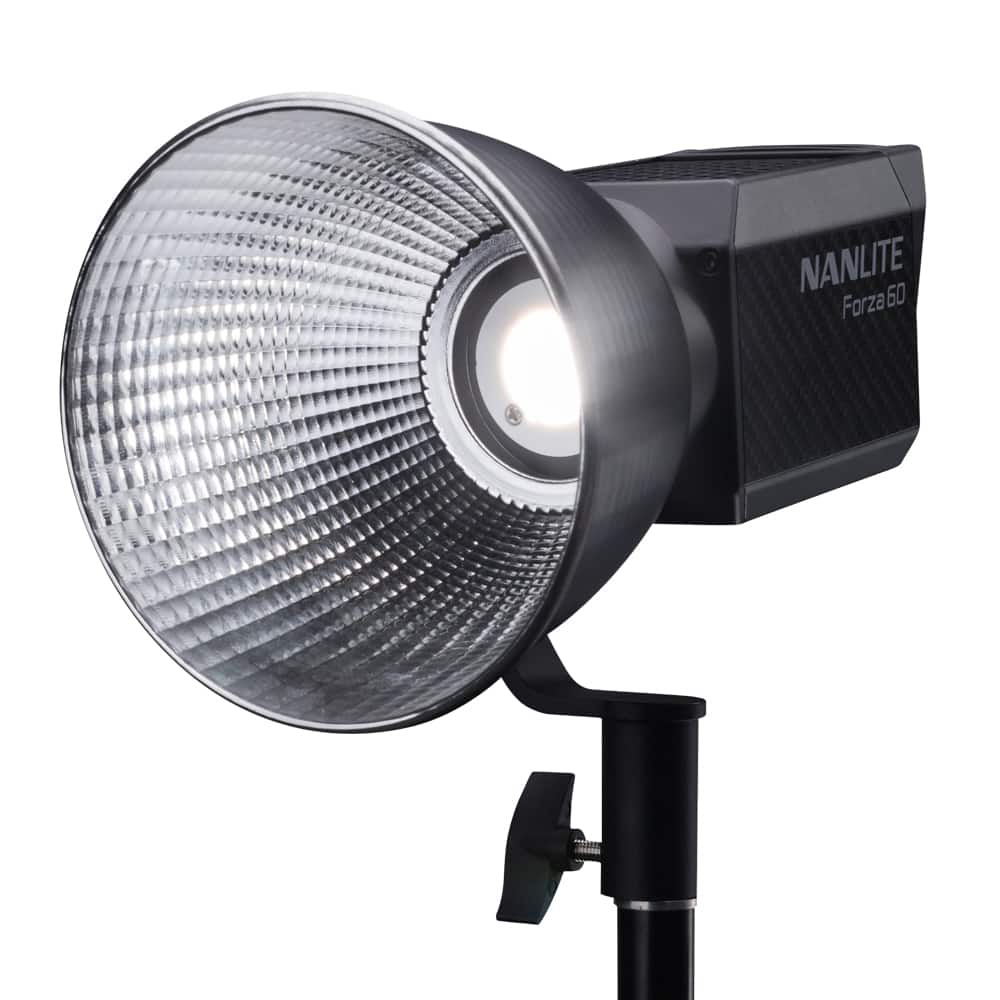
Nanlite Forza 60 LED Light (Daylight)
The Nanlite Forza 60 LED Light can take a lot of abuse while delivering about 11950 Lux 5600K at 1 metre distance. Plus with dimming from 100% down to 1% you can quickly adapt the the light to any scene without adding ND filters or diffusion. It also has a good heat sink, which is important for your talent and some subjects such as food and flower projects.
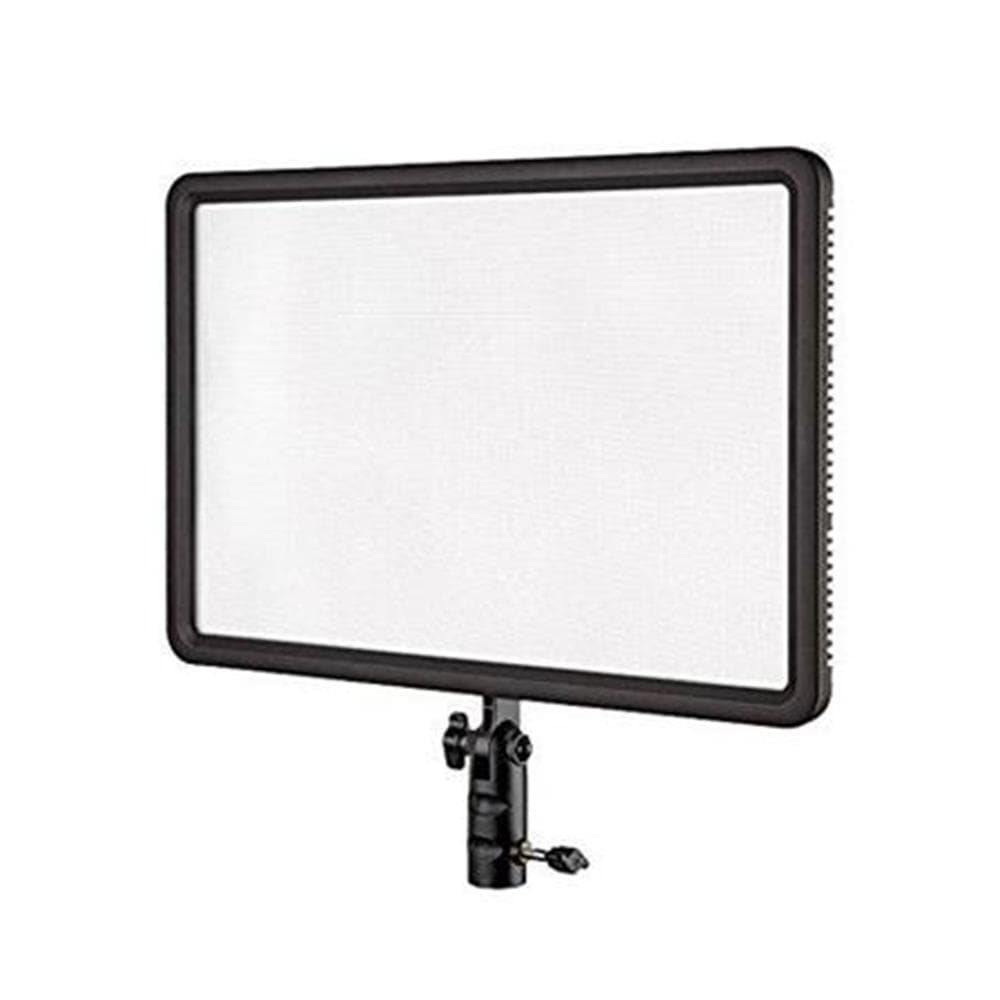
Godox LEDP-260C Bi-Colour LED Light
If you do not need quite that level of durability and cooling, you might find the Godox LEDP-260C to be a good choice. I’ve got a box of these because so long as I take care of them, I have a lot of lights for a little money. They are a lot less powerful than the Light Storm at about 500 lux per light.
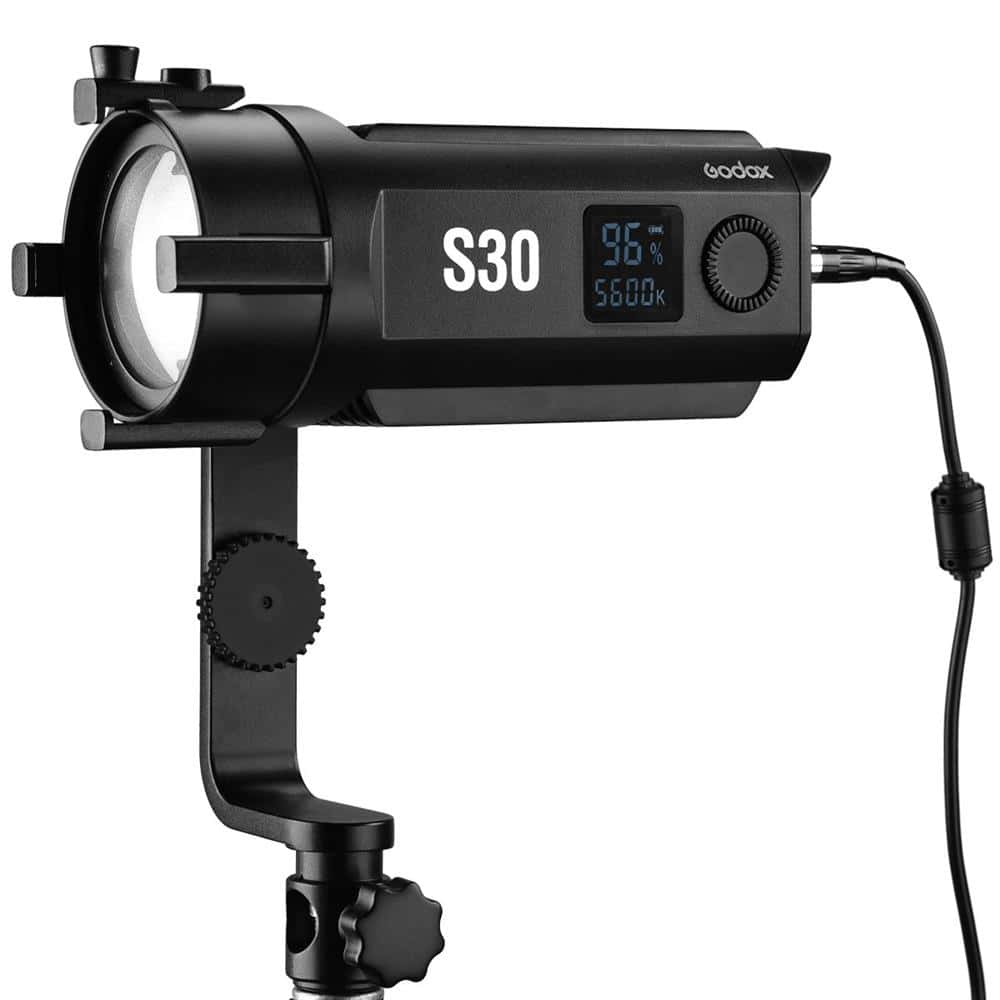
The S30 focusing light is a suitable light source for video lighting, interviewing, headshots, still life photography, portraits, wedding photography, and is also a good choice for enthusiasts and vloggers who want creative lighting.
Most decent lights will include a radio remote so you can alter settings without going up and down stepladders or constantly raising and lowering booms. Many lights also offer variable colour temperatures if you want to get more complex. You can also group like lights into different groups and have different settings for different groups. This is very handy when you get more than three lights going.
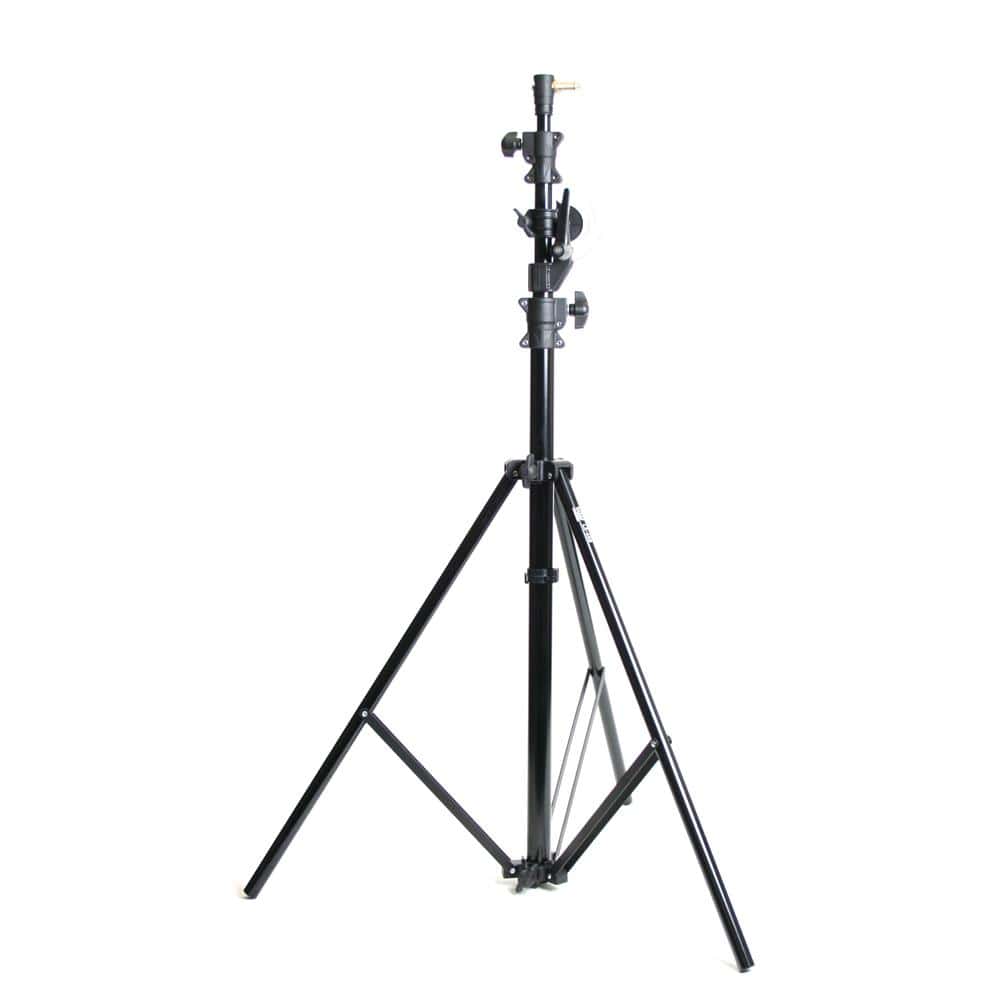
Cameron LS-65B Boom Stand with Sandbag
You can save money on your stands by going with a boom stand kit. The LS65B kit from Cameron has proven its reliability. It’s sturdy and includes an empty sandbag.
Conclusions
Remember to keep things simple. You don’t need a bag of gels anymore. Set all your lights to the same colour temperature (daylight is best), and don’t mix your sources unless you really know how to do colour temperature matching. That’s a really tedious process and to do it well requires a lot of training and a very expensive colour meter and a box of gels. Save time and trouble.
Also remember that if you like the light and it helps you make your story clearer, it’s good light. We’re not talking about advanced cinematic lighting here – we are talking about good looking content for your shared projects!
